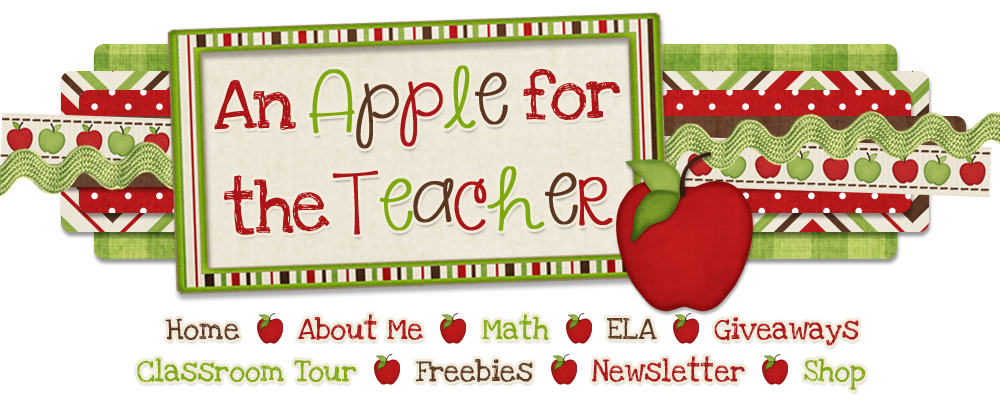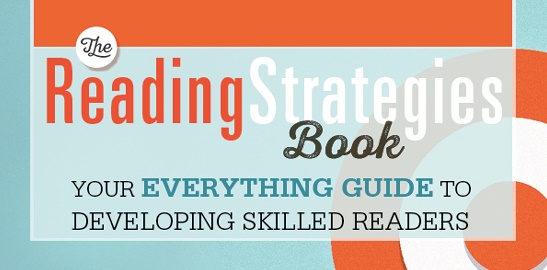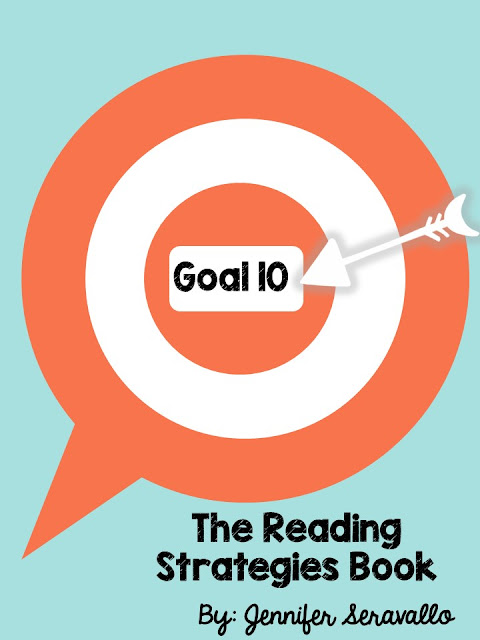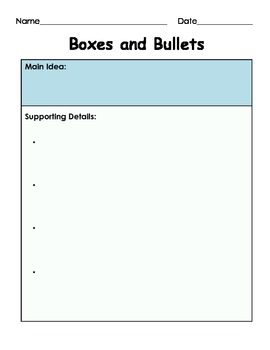Welcome to our book study of The Reading Strategies Book: Your Everything Guide to Developing Skilled Readers by Jennifer Serravallo! I am joining forces with some other fabulous teacher bloggers to discuss the reading strategies we come across in this AMAZING professional text! If you missed my first post about this book study, you can find it here, along with a suggested way to set up your book for easy reference.
You can also find my thoughts and ideas on other goals in this book below:
Goal 1: Supporting Pre-Emergent and Emergent Readers
Goal 2: Reading Engagement
Goal 3: Supporting Print Work
Goal 4: Fluency
Goal 5: Supporting Comprehension in Fiction Main Idea and Plot
Goal 6: Supporting Comprehension in Fiction Characters
Goal 7: Supporting Comprehension in Fiction Theme
Goal 8: Supporting Comprehension in Non-Fiction - Main Idea
Goal 9: Supporting Comprehension in Non-Fiction - Key Details
Goal 10 - Supporting Comprehension in Non-Fiction - Text Features
Goal 11- Understanding Vocabulary and Figurative Language
This goal is all about supporting students' conversations about their reading. Serravallo says that book clubs and partnerships play a crucial role in both supporting comprehension and in making reading a social process. She says a good book club or partnership can be engaging and invigorating, but when they don't go well, time is wasted with off task behaviors. Serravallo suggests that students need instruction on both conversation and in conversation about books.
How do I know if this goal is right for my students?
The way to assess your students' skills in this area is by listening to your students' conversations about books. Serravallo suggests taking notes and transcribing what you feel. If you feel conversational strategies are lacking, this chapter will give you ideas to help.
Focus Strategy 1: Invite Quieter Voices
I love that this strategy teaches students how to invite those quieter students who are not participating into the conversation! Even the quietest students have something to offer! This strategy asks students to pay attention to who is talking a lot and who is not talking. Tell them to be prepared to invite the quieter voices in the conversation with a question. Have the student ask, "(Name, what are you thinking about this?"
Focus Strategy 2: Say Back What You Heard
Active listening is an important part of being in a book club or reading partnership. Students should not simple say what they have written down in their notes, but they should listen to what their partners are saying. This strategy asks students to say back what they think they heard, then try to paraphrase it in their own words before adding on their own thoughts or comments.
Focus Strategy 3: SuperSTAR Jots
This strategy is a great way for students to prepare ahead of time for their book club or partnership meeting. Students look over the notes and "jots" they have taken as they were reading. They should put stars next to the ones that they think will be conversation ready.
Remember, we are only picking and choosing some of the strategies to share with you - there are so many more great ones in this section as well as the rest of the book!
If you would like to purchase the book mentioned above, you can find it here.
Other books by this author that I LOVE!
This post contains affiliate links. I earn a small commission each time someone makes a purchase using one of my links, which helps to support the blog. All opinions are my own and I only promote brands and products that I have used myself and truly love.
Melissa from Peas in a Pod is officially hosting goal 12 over at her blog, so make sure you head over there to see which strategies she chose to share! While you are there, be sure to leave some comment love!
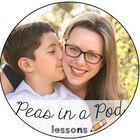
If you would like to link up your own blog posts about this book, feel free to do so in the linky below!
